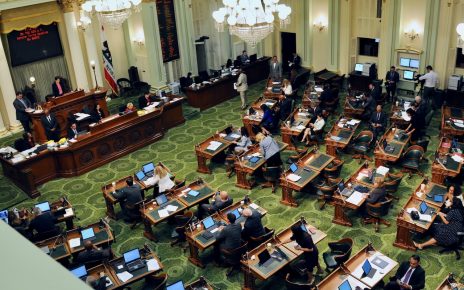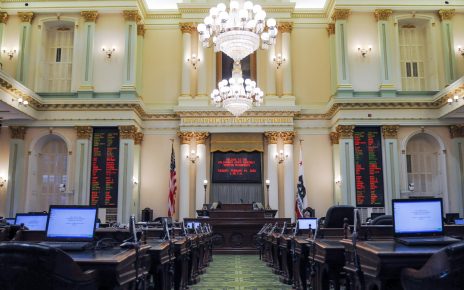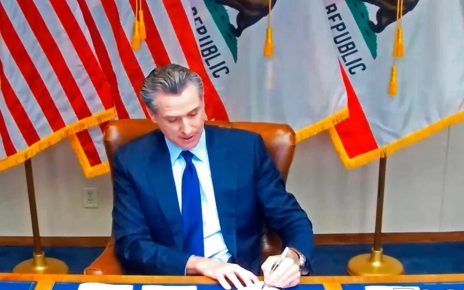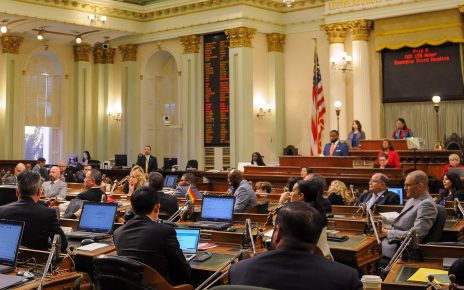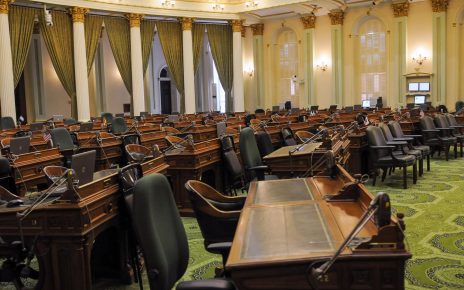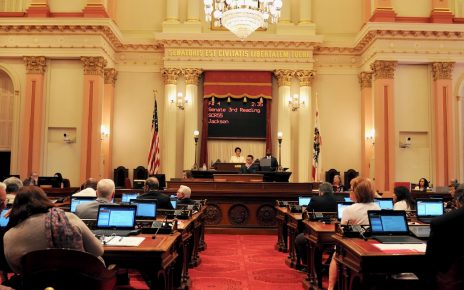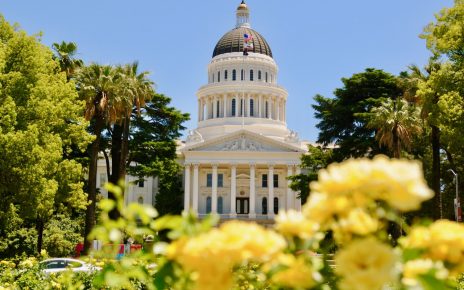Some Stats from the 2021-22 Legislative Session
As the 2021-22 California Legislative Session draws to a close, and because I am a geek about these types of things, the following are several legislative data items, which could make for good cocktail party trivia (????): There were 4,476...

